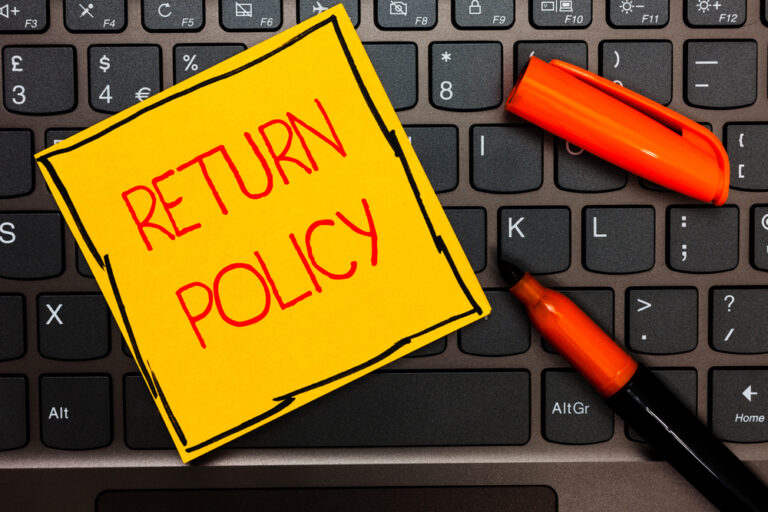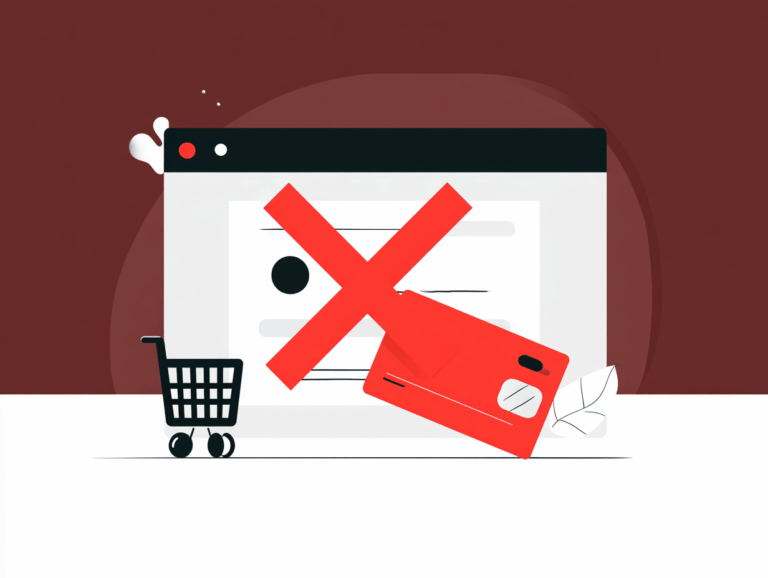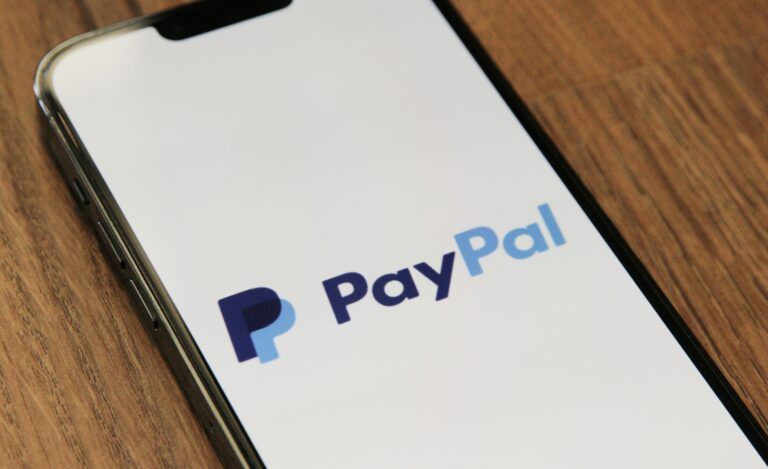When you process customer payments through a third-party aggregator like Stripe or PayPal, the charge may appear on credit card statements as coming from the aggregator instead of your business name. Hence, “STEL Aggregation”. Customers don’t recognize it, assume it’s fraudulent, and dispute it, resulting in costly chargebacks for you.
STEL aggregation can wreak havoc on your online business, causing lost revenue, upset customers, and damage to your reputation. While STEL aggregation is a major challenge, you can take steps to fight back and protect your business.
AVOID CHARGEBACKS, SAVE YOUR BUSINESS
What is STEL Aggregation?
STEL aggregation is a payment processing method that combines multiple transactions from different merchants into a single, larger transaction. It’s commonly used by third-party payment processors like Stripe, PayPal, and Square.
How STEL Aggregation Works
Here’s how STEL aggregation typically works:
- A customer makes purchases from multiple merchants on the same day.
- The payment processor, such as Stripe, collects these transactions.
- Instead of processing each transaction individually, the processor groups them into a single, larger transaction.
- The issuing bank receives this aggregated transaction for processing.
Why STEL Aggregation Exists
STEL aggregation exists primarily to simplify payment processing for banks. By bundling multiple transactions together, it reduces the number of individual transactions banks need to process. This can help:
- Streamline account reconciliation for banks
- Reduce the risk of overdrafts
- Lower processing costs for banks
However, while STEL aggregation offers benefits for banks, it can create challenges for merchants and customers. On bank statements, the transaction may appear as “stel payment aggr”, “stel aggregation”, “eea stel aggregation”, or “stripe eea stel aggregation” instead of the merchant’s name. “EEA” stands for “European Economic Area” and likely appears when customers make a purchase from a company in Europe—but not always. This can confuse customers, leading them to dispute charges they don’t recognize.
For merchants, STEL aggregation can make it difficult to track sales by cardholder. It can also lead to increased chargebacks if customers don’t recognize the transaction on their bank account statement.
GET A REAL MERCHANT ACCOUNT TODAY
The Dangers of STEL Aggregation for Online Businesses
While STEL aggregation may simplify payment processing for banks, it can wreak havoc on your ecommerce business. Here are some of the biggest dangers to watch out for.
Increased Risk of Chargebacks
When customers see a charge from “STEL Aggregation” on their statement instead of your business name, they may not recognize it and dispute the transaction. This leads to costly chargebacks, where you lose the sale and get hit with chargeback and extra card processing fees from your payment processor.
With over $20 billion in chargeback losses for merchants annually, this is a huge financial risk.
Difficulty Tracking Sales by Customer
STEL aggregation bundles multiple transactions together, so you may not receive full details on each individual purchase. This makes it challenging to track which customers bought what, hurting your ability to manage customer relationships and analyze sales trends.
Damaged Customer Trust and Relationships
Customers feel frustrated and even deceived when they see a strange “STEL Aggregation” charge instead of your business name. This erodes their trust in your brand and makes them less likely to purchase from you again. Damaged customer relationships are devastating for any business.
Increased Customer Service Demands
Confused customers might contact you to ask about the mysterious “STEL Aggregation” charge if they don’t create a chargeback first, increasing the workload on your customer service team. You may need to devote more resources to customer service to handle the influx of STEL-related inquiries.
Reputational Risk
If STEL aggregation frequently appears on your customers’ statements, it can make your business look less transparent and trustworthy. This negative perception can spread, deterring potential new customers from buying from you and harming your brand’s reputation.
Distorted Business Analytics
When multiple transactions are lumped together, it skews your data on sales volume, average order value, and customer buying patterns. This leads to inaccurate business insights that can result in misguided decisions. You need clean data to make smart strategic choices.
STRIPE WILL HARM YOUR BUSINESS, DIRECTPAYNET WON’T
7 Strategies to Prevent STEL Aggregation from Harming Your Business
Now that you understand the risks of STEL aggregation, let’s explore some powerful strategies you can implement to protect your online business. By being proactive and making smart choices, you can minimize chargebacks, maintain strong customer relationships, and keep your revenue flowing smoothly.
1. Get a Dedicated Merchant Account
One of the most effective ways to avoid STEL aggregation is to open your own dedicated merchant account instead of relying on a third-party aggregator. With a merchant account, your business name will appear clearly on customer statements, reducing confusion and disputes. Plus, you’ll have more control over your billing processes and customer communications.
2. Customize Your Billing Descriptor
If you do use a payment aggregator, customize your billing descriptor to make it crystal clear that the charge is coming from your business. Include your company name and a brief description or order number. Aggregators like Stripe allow you to modify your descriptor and provide helpful plugins to optimize it for fewer chargebacks.
3. Proactively Notify Customers
Don’t leave your customers guessing about potential STEL aggregation charges. After each purchase, send an email receipt that includes a screenshot of exactly how the charge will appear on their statement. Explain any unfamiliar descriptors or charge amounts so they know what to expect. This proactive communication can go a long way in preventing disputes.
4. Only Schedule Large Transactions
Consider only using the charge scheduling feature for large transactions over a certain dollar amount, and process smaller ones normally. Breaking up larger charges into multiple scheduled payments can also help prevent STEL aggregation. Just be sure to clearly communicate the payment schedule to your customers.
5. Educate Customers on Your Billing Process
Be transparent with customers about how your checkout and billing processes work, especially if you’re in a high-risk industry prone to chargebacks. Explain what online payment methods you accept (credit, debit, Visa, Mastercard, ACH, etc.), what third-party processors you use, and how charges will appear on their statements. Include this information in your FAQs, Terms of Service, and post-purchase emails.
6. Choose a Payment Processor That Avoids Aggregation
When selecting a payment processor, look for one that doesn’t use aggregation or charge STEL transaction fees. Merchant service providers generally don’t aggregate transactions, so working with one can help you steer clear of these issues altogether. Do your research and ask potential processors about their aggregation practices before signing up.
7. Invest in Excellent Customer Service
Even with all these preventative measures, you may still encounter some customer confusion about STEL aggregation. That’s why you need to invest in responsive, helpful customer service. Train your support team to handle STEL-related inquiries with care and empathy. The faster you can resolve these issues, the less likely they are to turn into chargebacks.
By implementing these strategies, you can dramatically reduce the negative impact of STEL aggregation on your online business. It may take some extra effort, but it’s well worth it to protect your hard-earned revenue and customer relationships. Don’t let STEL aggregation catch you off guard – take action today to safeguard your business for the long run.









